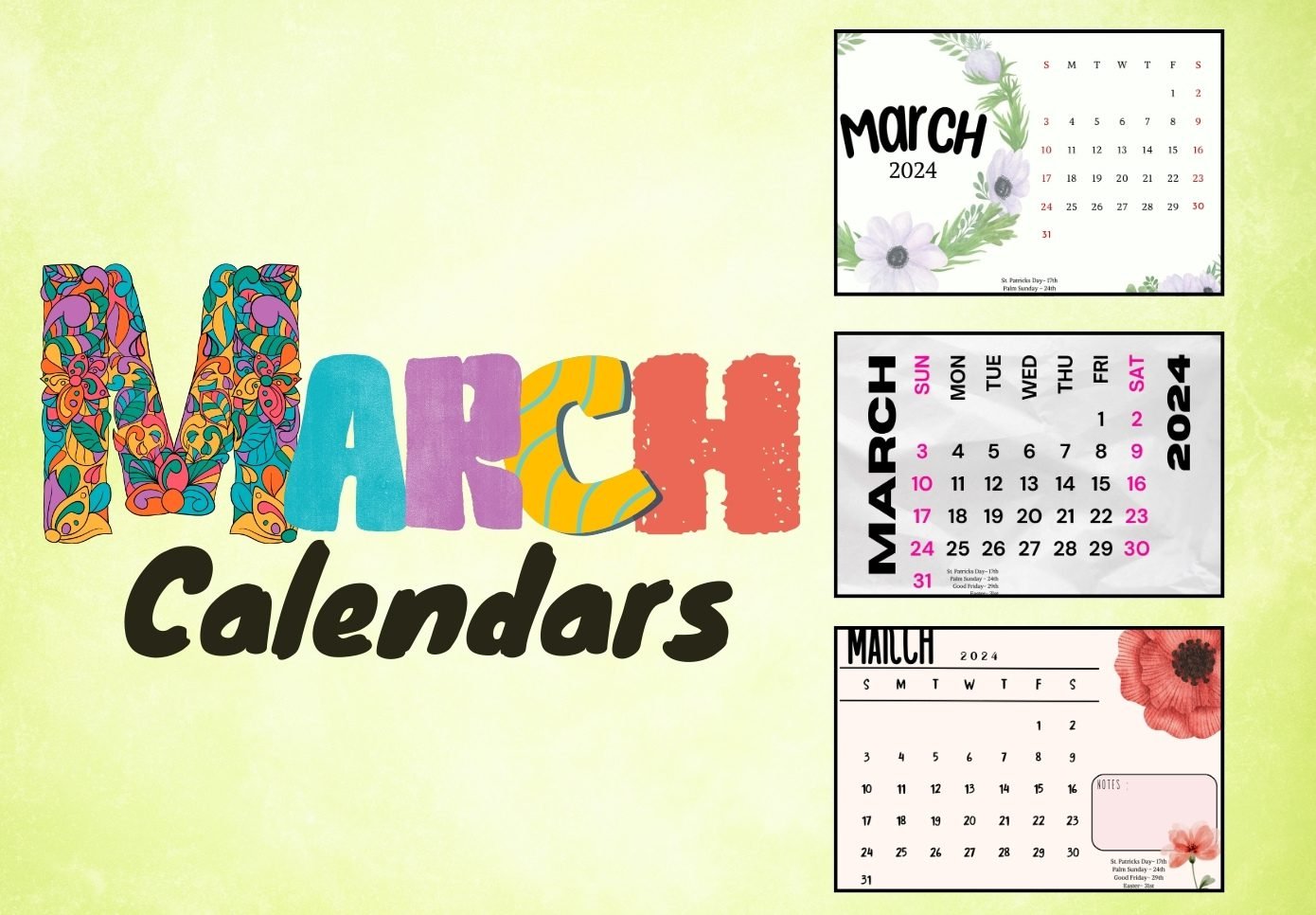Hey there, coloring enthusiasts!
Are you ready to dive into the wonderful world of coloring skin tones? Whether you’re using colored pencils, markers, or other mediums, mastering skin tones can add a whole new dimension to your artwork. In this post, we’ll explore some easy, beginner-friendly, and fun tips for creating beautiful skin tones on your coloring pages and resources to get you going.
Getting Started
Before we jump into the coloring fun, it’s essential to have the right tools for coloring pages or sketches.
What are the differences between wax-based, water-soluble, and oil-based colored pencils?
Wax-based Colored Pencils: Wax-based colored pencils are a type of colored pencil that uses wax as a binder to hold the pigment together. They are known for their creamy and smooth application, making them ideal for creating rich and vibrant colors. Wax-based colored pencils are versatile and can be used for various techniques such as layering, blending, and burnishing. These colored pencils have a softer core due to the higher wax content, providing greater flexibility. They offer vibrant pigments and can be used without water, but may not last as long and can be challenging to cover wide spaces. (They are prone to wax bloom, a light white haze on the surface of the page, which can be removed with a washcloth or Q-Tip.)
Popular Wax-Based Colored Pencil Brands:
- Caran d’Ache Luminance: These Swiss-made pencils are known for their exceptional lightfastness, ensuring your artwork stands the test of time
- Prismacolor Premier Soft Core: Prismacolor pencils are a favorite among many artists due to their soft cores that are perfect for shading and shadows
- Derwent Coloursoft: These pencils are known for their soft texture and a wide array of colors, suitable for blending and layering
- Bruynzeel Design Colour: These pencils deliver a fantastic experience, thanks to their soft leads and vibrant colors
Popular Oil-Based Colored Pencil Brands:
- Faber-Castell Polychromos: Faber-Castell Polychromos colored pencils are considered the best, most affordable artist-grade, oil-based option, known for their highly pigmented cores, lightfastness, and smooth color application
- Caran d’Ache Pablo: Caran d’Ache Pablo Colored Pencils are outstanding oil-based pencils, offering a nuanced color palette, silkiness, and exceptional layering capabilities
Water-Soluble Colored Pencils: Water-soluble colored pencils, also known as watercolor pencils, have a water-soluble gum binder that allows the pigments to be thinned out with water. They can be used dry like regular colored pencils, but they can also be used to create watercolor effects when combined with water. Artist-quality water-soluble pencils are essentially dry watercolor paints in pencil form, allowing for various effects such as drawing on wet paper or dipping the pencil tip in water. They are less stable than oil-based pencils but offer versatility in being used wet or dry. If you are wondering… yes, water-soluble colored pencils can be used on top of oil-based colored pencils. Once the color has been activated and has dried, other colored pencils can be used on top of it without any issues.
Popular Water-Soluble Colored Pencil Brands:
- Caran d’Ache: Caran d’Ache water-soluble colored pencils are highly regarded for their versatility, nuanced color palette, and silkiness, allowing for delicate layering or bold, saturated swaths of color. They are known for their exceptional outlining and layering capabilities
- Faber-Castell: Faber-Castell Albrecht Dürer Watercolor Pencils are popular for their blendability and layering properties, available in a wide range of vivid colors
Want to use crayons instead of colored pencils?
Crayola has released a set of crayons called “Colors of the World,” which contains 24 specially formulated colors representing people of the world. These crayons are designed to better represent the growing diversity worldwide, falling into three main shades: Almond, Golden, and Rose, with all the darker or lighter shades in between.
The set includes 8 classic colors for eye colors and hair, making it a comprehensive option for coloring diverse skin tones. The “Colors of the World” crayons are an exciting addition to any crayon collection, as they make coloring pages and drawings even more detailed and realistic. These crayons have been well-received for their ability to accurately represent a wide range of skin tones, allowing children to color themselves and others more realistically.
Tips for Coloring Skin Tones
Now, let’s get to the good stuff – tips for coloring skin tones! Here are some handy pointers to elevate your coloring game:
- Layering is Key: Start with a light layer of color and gradually build up the tones. This technique helps achieve a smooth and blended look.
- Blending Magic: Experiment with blending different colors to create unique skin tones. Blending pencils with similar hues can work wonders.
- Highlight and Shadow: Adding highlights and shadows can bring your skin tones to life. Lightly layering white or cream colors for highlights and using darker shades for shadows can create depth.
- Reference Images: If you’re aiming for a specific skin tone, consider using reference images as a guide. Observing real skin tones can inspire and inform your coloring process.
- Practice, Practice, Practice: Like any skill, mastering skin tones takes practice. Don’t be afraid to experiment and have fun with it!
Top 5 YouTube Videos for coloring skin tones
For visual learners, here are the top five YouTube videos that offer fantastic tips for coloring skin tones:
- Colouring Tutorial: How to Colour Skin Tone – This tutorial provides a quick and easy guide to coloring skin tones.
- How to Color Skin with Prismacolor – Adult Coloring Tutorial – In this video, you’ll find in-depth tips for using Prismacolor pencils to color skin.
- How to Color Skin Tones | Part One: General Tips for Coloring Skin – This resource offers a collection of 10 video tutorials for coloring skin tones with colored pencils or markers.
- Everything They Didn’t Tell You About Coloring Skin Tones – Uncover valuable insights about coloring skin tones in this video.
- How to Color Skin Tones with ColorIt Mediums – Discover tips for using ColorIt Mediums to color skin tones in this tutorial.
Practice Sheets for coloring skin tones
Bundle of practice sheets as PDF: Skin tone practice sheets














So, there you have it – a playful and informative guide to coloring skin tones!
Happy coloring!




